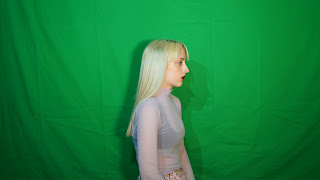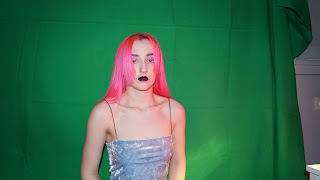...
To summarise, in this podcast I will be discussing these points:
- Collected all footage mentioned in last podcast but haven't done anything with that footage.
- Done more research into artist, Astrid S.
- Done more research into electropop and general genre conventions - completed 2 vodcasts for these.
- Done more research into theorists which relate to A2 coursework and exam and thought how I can apply them into my music video.
- Found more examples in GIF forms which will influence my work.
- My idea is slowly becoming more thorough.
- Media school trip planned to greenscreen place where we went last year for AS (year 12) - on this trip I plan to shoot more performance footage.
- Planned the costume for the singer and shots I want to film.
- Made 2 moodboards, 1 for singer, Astrid S and 1 for main male protagonist.
If you want, you can have a look at the script I made for this podcast below under the read more link:

































